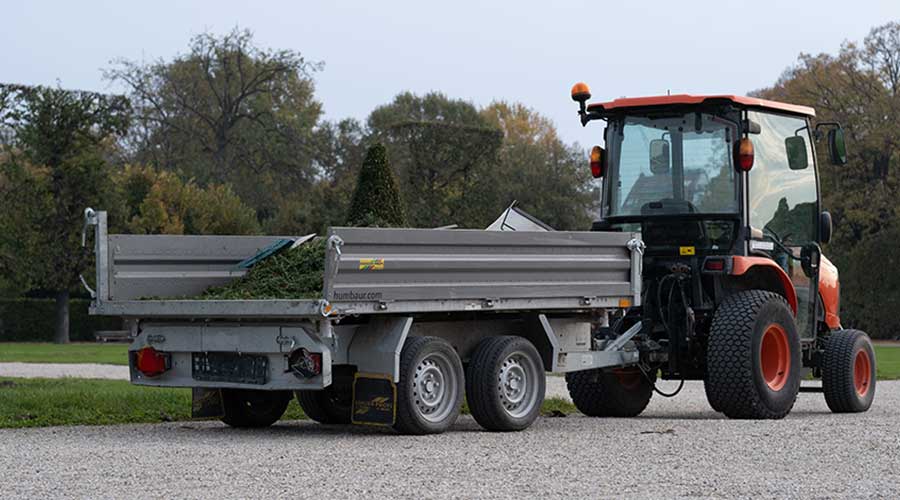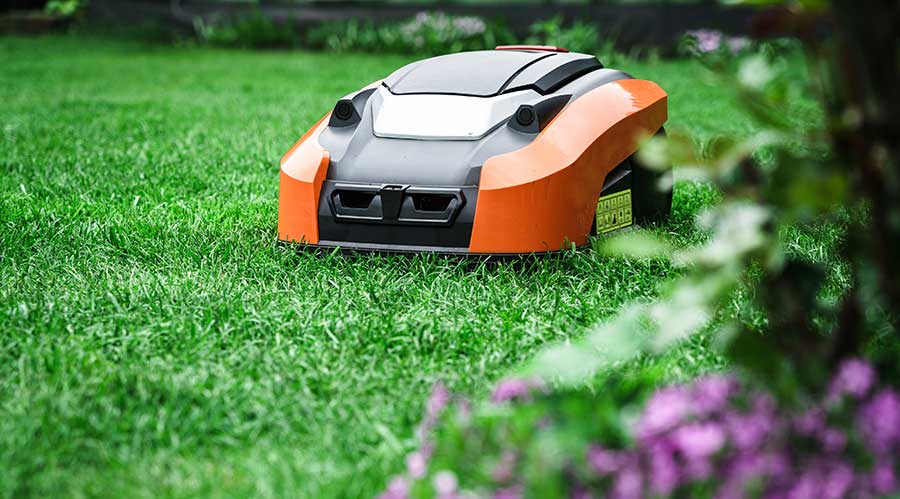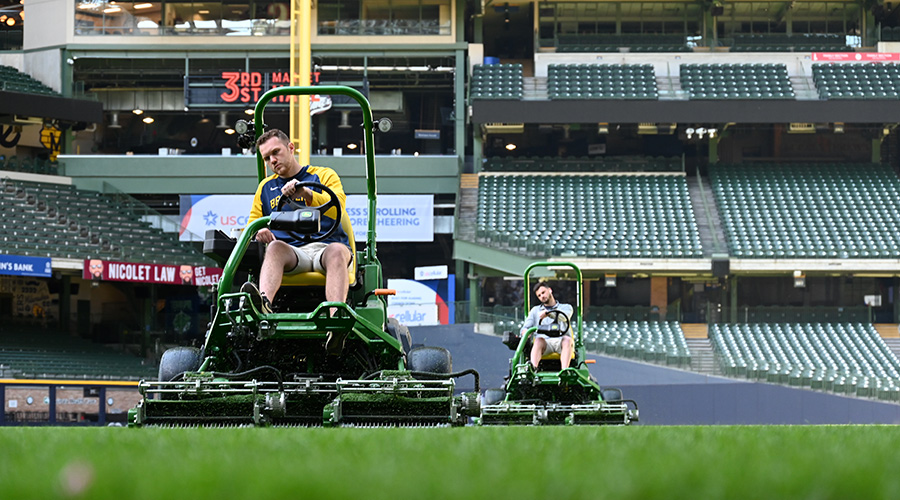Mowers: Versatile Equipment for Snow, Leaf Removal
Versatility is the name of the game at Michigan State University, and the topic is anything but college sports.
"We make a conscious effort to get pieces of equipment we can use all year round," says Gerald Dobbs, the university's landscape services manager.
Dobbs' approach to specifying mowers and other large pieces of grounds equipment the 58-person department uses to maintain the 2,135-acres campus is partly an acknowledgment of the campus's geographic location and partly an economic reality.
In East Lansing, Mich, winter can last up to six months, so the department benefits the most by having access to equipment that perform more than one task. In Dobbs' view — as well as that of many grounds managers in similar circumstances — equipment must enable workers to tackle any task a given day might bring, and, most importantly, enable departments to stretch precious budget dollars as far as possible.
Focus on Versatility
Specifically, Dobbs says he focuses on specifying mowing equipment that operators can convert for other activities, including snow and leaf removal. The department's fleet of 40 mowers all offer the ability to mulch clippings and includes:
- batwing models, which offer mowing widths of 6-11 feet and use a hydraulic system designed to raise and fold mowing decks vertically when work is complete
- zero-turn-radius models
- out-front mowers.
The mowers' versatility means operators can use them in a variety of situations, such as sweeping or plowing narrow sidewalks, and they allow for easy height adjustment. The units must have the capacity to take on a broom or a plow, or spread salt brine from a tank, and operators must be able to use them to mulch leaves.
That function delivers a double benefit to the department.
"That way, we're able to use the mowers more often, for leaf removal, but we're not using the resources to collect leaves" through raking, bagging, hauling, and disposal, Dobbs says.
The existing fleet of mowers also carries on the department's long-standing commitment to alternative fuels — specifically bio-diesel. Before Dobbs' arrival more than a decade ago, the department already had begun specifying pieces of grounds care equipment that use bio-diesel fuel, which reduces the carbon dioxide emissions.
The department's mechanics support the use of bio-diesel because it extends the performance life of the mowers and delivers higher torque for power-takeoff systems, which drive attachments.
"Our mechanics are sold on it, as well as our staff," Dobbs says.
To ensure the most effective use of more versatile mowing equipment, the department divides the campus into five zones, and workers in each zone have access to one large mower and two to three smaller mowers
In addition to zoning, turf crews are dedicated solely to mowing duties on campus, not including the athletic fields or golf courses. Two full-time workers and 23 seasonal employees handle equipment that can perform mowing, aeration, edging, turf renovation, spraying, and fertilizing of turf areas.
The worker-specialization strategy is designed to keep workers focused on specific activities as much as possible to maximize their productivity.
"They need to be able to connect to the type of work they were hired to do," Dobbs says.
Expanding Sustainability
In addition to the department's sustainability efforts related to bio-diesel fuel, Dobbs has made other moves designed to minimize costs, as well as the impact of equipment operation on the environment.
Three years ago, the department switched over to low-speed, electric utility vehicles that move at a top speed of 15-20 mph.
"We made a conscious decision to go electric, partly for sustainability purposes," Dobbs says. "With gas prices as high as they are, we're trying to watch pennies as much as possible."
For reasons related to greater fuel efficiency and lower emissions, the department also switched from using eight-cylinder pick-up trucks with 8-foot beds to smaller trucks with four cylinders and 6-foot beds.
Related Topics:












